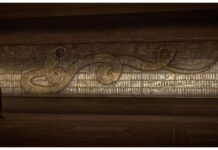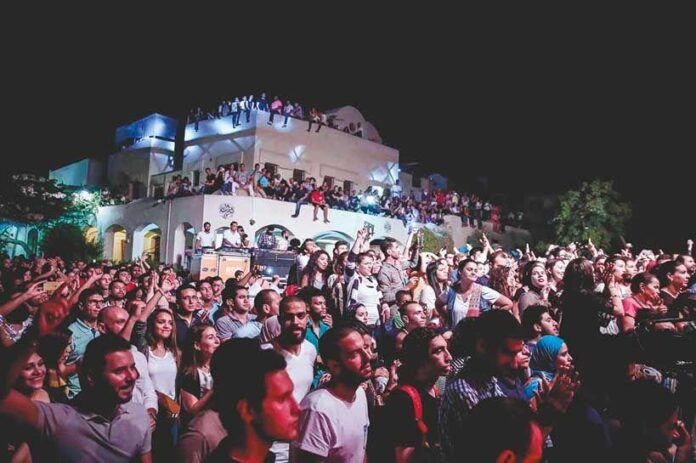A contemporary art centre in Cairo—described on social media as “a sanctuary for artists and art enthusiasts”—has been ordered to close by Egyptian government officials so that it can be demolished to make way for a new major road. Darb 1718’s founder Moataz Nasr tells The Art Newspaper that, last month, the head of the centre’s local district came with the deputy governor and told staff that they had to evacuate the building within half an hour. “When we asked for an official notification, they could not provide us with anything,” Nasr says. The Egyptian Ministry of Culture did not respond to our request for comment.
Darb 1718 announced the news on 27 July in an online petition—which, as we go to press, had nearly 10,000 signatures—in the hopes of stopping the demolition. Support for the space has poured in. “Darb 1718 is a really significant space,” Nadine Nour el Din, a Cairo-born researcher and cultural practitioner, tells The Art Newspaper. “It is one of the first cultural spaces in Cairo to host exhibitions, concerts, events and workshops, including the local scene and inviting international collaborators. It has cultivated a diverse audience over the years.”
As well as engaging supporters through a social media campaign, Nasr has also filed an urgent lawsuit to the state council. These efforts have thus far succeeded in delaying the demolition. But Nasr claims that his Instagram and Facebook accounts have now been suspended, preventing him from canvassing further support.
The Darb 1718 building is located in the Fustat area of Old Cairo, a centuries-old district that is home to some of the city’s last remaining traditional craftspeople, primarily specialised in pottery. Two neighbouring buildings that house workshops for artisans and designers are also due to be destroyed.
Some in Cairo believe that such developments show the government’s bias towards Ancient Egyptian culture over contemporary art and artists. Nasr says that most of the cultural centres established by artists or private institutions have been gradually suspended since 2011, and that leaders in the field have left Egypt altogether. Over the past decade, the internationally renowned Townhouse Gallery, for example, has been forced to close many times and has had its building demolished. “Many of Egypt’s independent cultural spaces have come and gone, but Darb weathered the same obstacles that caused other initiatives to fold,” says Alexandra Stock, a curator and arts producer based part time in Cairo.
The reason for clearing the area around Darb 1718 is the expansion of a road and the construction of a bridge that would link the National Museum of Egyptian Civilisation and the Nile corniche, according to Nasr. The roads are part of Cairo’s new masterplan, which is threatening many heritage sites and significant buildings.
“We learn of new sites slated for demolition almost on a daily basis via social media, and there doesn’t seem to be anything we can do to save them,” Nour el Din says. While some sites designated for demolition have been saved, many consider Darb 1718’s survival unlikely. “Perhaps the institution can carry on as a concept and continue elsewhere in the city,” Stock says.

























